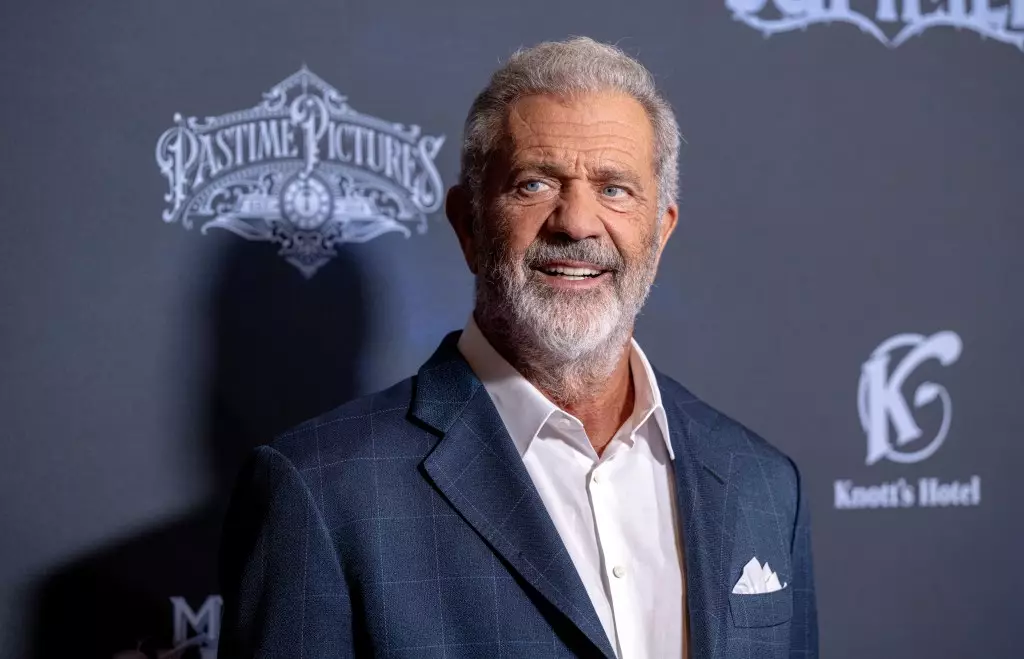In a recent episode of Joe Rogan’s renowned podcast, actor and director Mel Gibson revealed his aspirations to begin production on a sequel to his highly controversial and acclaimed film, “The Passion of the Christ.” This upcoming film, tentatively titled “The Resurrection of the Christ,” aims to explore the events following Jesus Christ’s crucifixion, namely his resurrection—a narrative that promises to delve deep into theological and spiritual themes. Gibson shared his excitement and trepidation, noting, “I’m hoping next year sometime,” while emphasizing the complexities of the script they have developed over a protracted seven-year period. In collaboration with his brother and screenwriter Randall Wallace, known for “Braveheart,” Gibson is committed to crafting a narrative that resonates on multiple levels.
What sets “The Resurrection of the Christ” apart from typical biblical adaptations is Gibson’s ambition to venture beyond conventional depictions. He characterized the film’s script as akin to an “acid trip,” indicating a wish to operate within a surreal and otherworldly context that challenges the viewer’s understanding. He elaborated on the decision to begin the narrative with the “fall of the angels,” suggesting that this prelude will set a tone that elevates the resurrection story. The exploration of realms beyond the earthly plane—including hell and Sheol—indicates a desire to push the envelope in storytelling, providing a multidimensional experience for the audience.
One of the significant hurdles Gibson must navigate revolves around the re-casting of Jim Caviezel in the role of Jesus Christ. Given that two decades have elapsed since the original film, maintaining continuity while addressing the stark realities of aging presents a formidable challenge. Gibson mentioned the potential use of CGI de-aging techniques, signifying a blend of traditional storytelling with modern filmmaking technology, a blend that raises questions about authenticity versus artistry in cinematic re-interpretation.
Moreover, Gibson asserts that the narrative will not merely recycle familiar themes but will explore profound, emotional undercurrents as it chronicles the journey from “the fall of the angels to the death of the last apostle.” His objective is to find a pathway to convey these themes without resorting to clichés or obvious tropes. To accomplish this, Gibson recognizes that the task ahead is daunting, stating, “It’s not going to be easy and it’s going to require a lot of planning.” This admission reflects an honest assessment of the artistic endeavor involved, acknowledging that achieving the desired impact on audiences is an ambitious pursuit.
As Gibson embarks on this monumental project, anticipation grows regarding how he will blend theological depth with cinematic innovation. The multifaceted approach he is taking could produce a film that not only revisits Christ’s story but also redefines the spiritual and emotional landscapes in which it exists. If successful, “The Resurrection of the Christ” could emerge as a significant contribution to not only biblical cinema but also a groundbreaking exploration of themes of faith, redemption, and the human condition. As Gibson himself stated, he’s been “thinking about it for a long time,” and one can only hope that his vision translates compellingly onto the screen.
